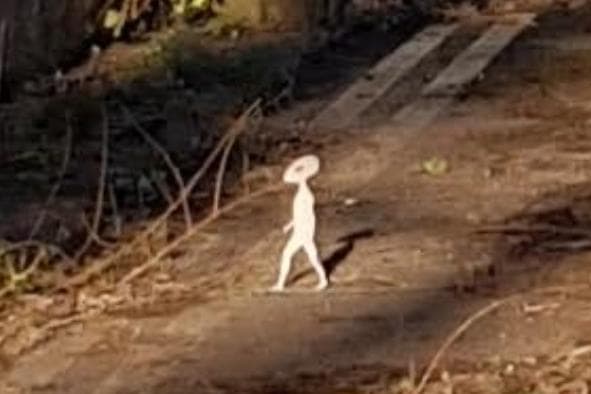hmg
Victory lap
When people compute the chances of life emerging, is there a chance that we're thinking of these percentages the wrong way?
One of the (seemingly) consistent patterns up the ladder of physics and even into some metaphysics is that the optimal permutations are privileged, in that they exist longer than suboptimal permutations. That is, certain molecular structures are more architecturally sound than other structures, and thus they can hold together longer against the forces that would otherwise dismantle them and return them to equilibrium/disorder.
The same goes for biological evolution, it seems, in that certain phenotypes are more conducive to survival than other phenotypes. Hair length, beak sharpness, what have you. So its not like each possible permutation has the same chance of occurring, much less the same chance of subsisting. If you were to somehow get insight to the sheer number of possible permutations, some of them seem to be "weighted" more than others, thus making them more likely to be sustained, if they happen to be reached.
So microbial life across the universe could very well surpass its ostensible odds of coming into existence, because perhaps we don't consider the weightedness of some permutations over others.
Non-ergodic selection is the term
Stuart Kauffman wrote a book on this tendency recently
A World Beyond Physics
biocentrism by Robert lanza covers it too







